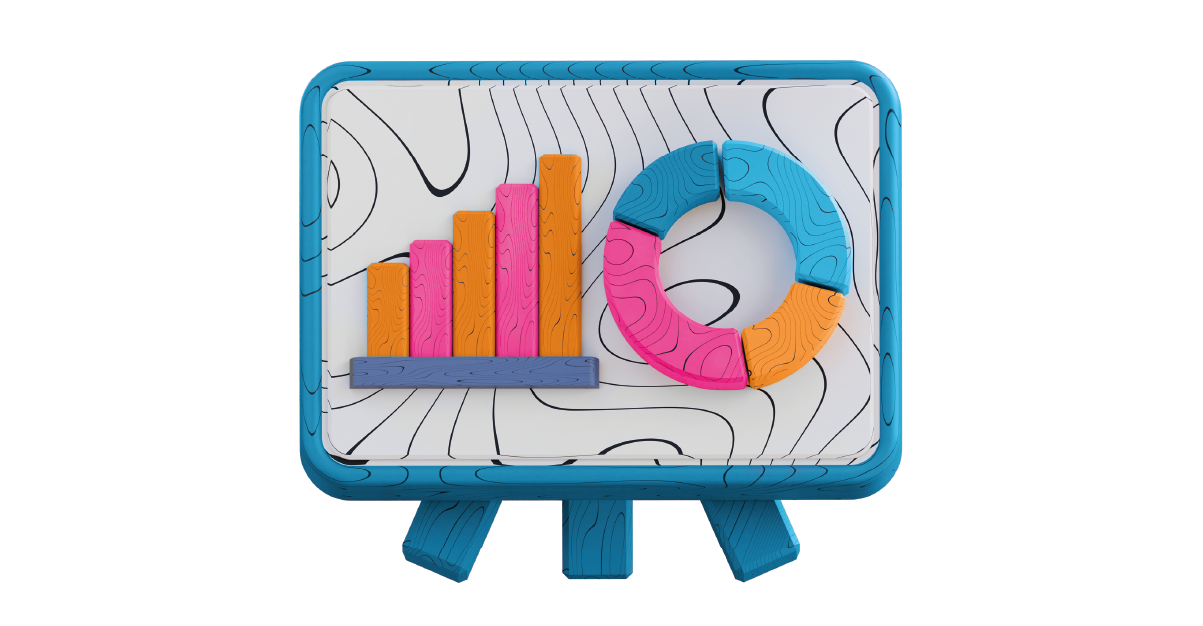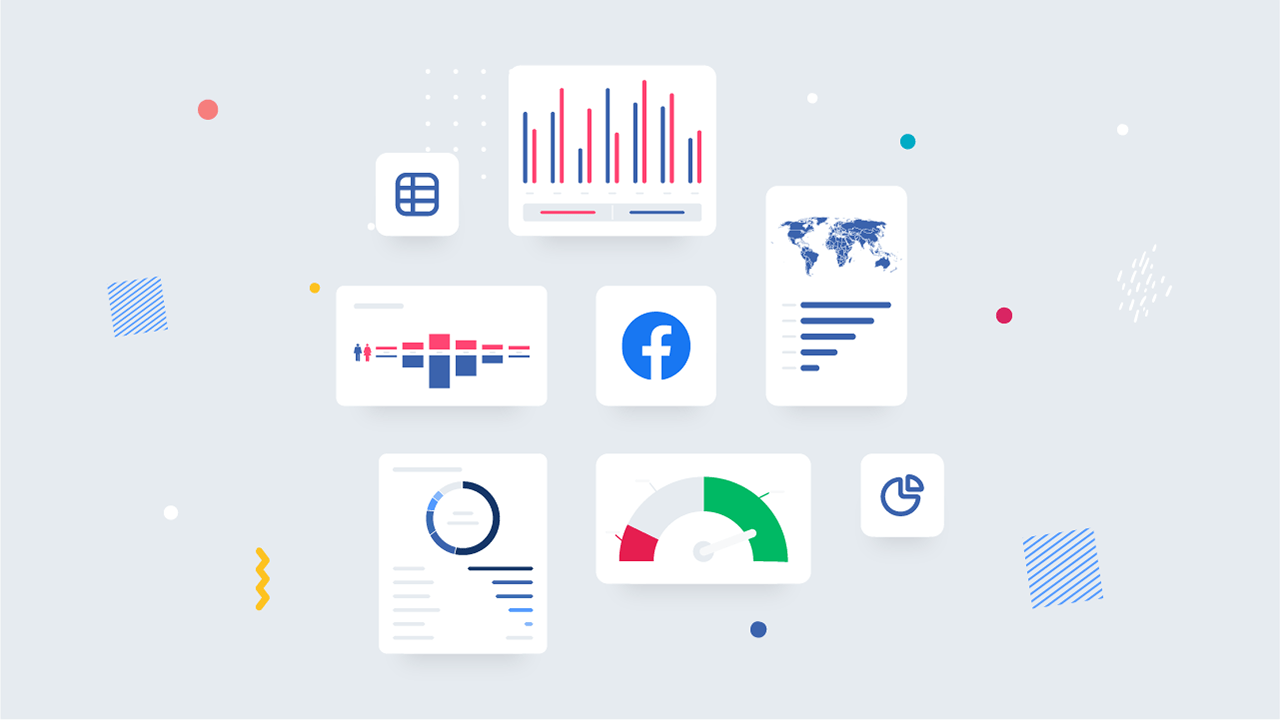Media Data Analytics
Media data analytics involves the systematic collection and examination of data from various media sources to gain insights into audience behavior, content performance, and overall media effectiveness. This analytical approach uses advanced tools and methodologies to process information from television, radio, print, online news, social media, and digital platforms.
The process starts with aggregating media data, which includes metrics such as viewership ratings, social media engagement, website traffic, and press coverage. Analytical tools then employ techniques like data mining, natural language processing, and sentiment analysis to interpret this data, identifying trends, patterns, and correlations.
For instance, media analytics can reveal how different segments of the audience are responding to a campaign, which media channels are driving the most engagement, and how media content influences public perception. This allows organizations to evaluate the success of their media strategies, measure return on investment (ROI), and make data-driven decisions to optimize future campaigns.
By analyzing media data, businesses and media professionals can better understand their target audience’s preferences and behaviors, adjust their content strategies, and enhance their media outreach efforts. Additionally, media data analytics helps in crisis management by providing early warnings of negative coverage or shifts in public sentiment, enabling timely and strategic responses.
In summary, media data analytics transforms raw media data into actionable insights, helping organizations improve their media strategies, engage more effectively with their audience, and make informed decisions that drive success.


